The Imperial Harem of Topkapı Palace
The Imperial Harem, the private pleasure palace of the Sultans, is the most well-known aspect of Ottoman royal life. But why has the Harem proven so persistent in the mind of popular culture? What is the secret behind its fame? Is it the fabulous tile-work which decorates its walls? Or is it the concept of hundreds of beautiful concubines with the sole mission of providing pleasure to a single man? Hmm… it’s a toss-up.

The Imperial Harem of Topkapı Palace is amazing. Even the very fact of its existence is audacious. Here, in a sumptuously decorated labyrinth of 400 rooms, lived the Sultan’s slaves, concubines and wives, guarded over by a cadre of eunuchs. Only these passionless, de-manned men were considered “safe” enough to protect the Sultan’s bevy of beauties.
It may have been an extravagant place to live, but the majority of women who lived inside were little more than slaves, kidnapped from far-off lands. There’s a reason the Harem was known as the “Golden Cage”. Thanks to their good looks and femininity, Circassian girls were especially prized, but the ladies came from all across Europe and the Middle East. Toward the end of the Ottoman Empire, as the ruling class descended ever more into debauchery, there were up to 800 women imprisoned in the Harem.
800… and the Sultan had his pick of the lot! When he got bored with one, he’d just move on to the next. Should one find herself pregnant, she would immediately gain in status. The “favorites” were allowed into exclusive quarters and enjoyed special privileges. An especially lovely girl could even aspire to become one of the Sultan’s kadıns, or wives, in which case she’d find herself nearly at the top of the Harem hierarchy, with access to slaves of her own.
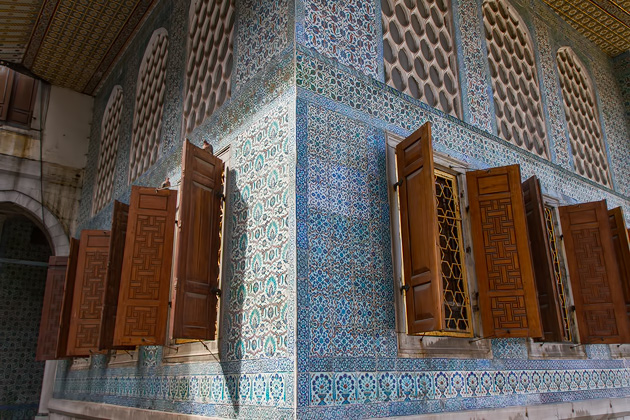
The top dog of the Harem, though, was traditionally the Valide Sultan: the mother of the Sultan. She not only reigned over the Harem, but was often the most powerful person in the entire empire, depending upon how much interest her son showed in his job. The ladies of the harem wielded particular influence during a period known as the “Sultanate of Women“.
Today, you can visit the Harem after you’ve entered Topkapı Palace. It costs extra, which is off-putting since the palace is already quite expensive, and you have to wait in yet another ticket line. But the additional time and expense are worth it. The women of the Harem may have been slaves, but they lived in true luxury. The rooms are resplendent, with colorful Iznik tiles decorating many of the walls, and gorgeous furniture on which to while away the days.
You can’t get into nearly all the rooms, but you can see some of the most impressive, including the Sultan’s bedroom, the Courtyard of the Eunuchs and the apartments of the Queen Mother. Leading straight through the Harem is a path called the Golden Road, so named because the Sultan would walk along it on festive days, throwing golden coins on the ground for his concubines to gather up. Sigh… it was good to be Sultan!
–Buy Framed Istanbul Photos Here!
Imperial Harem of Topkapi Palace
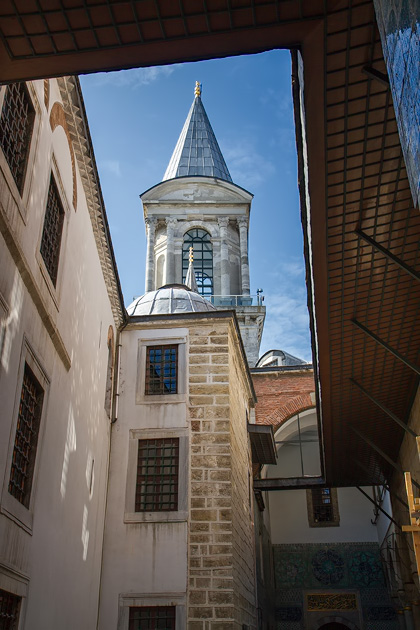
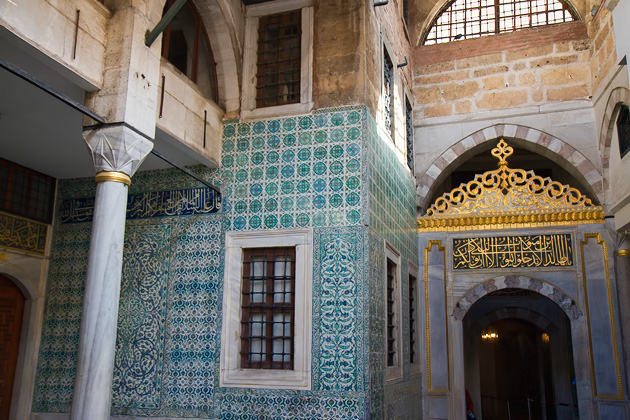
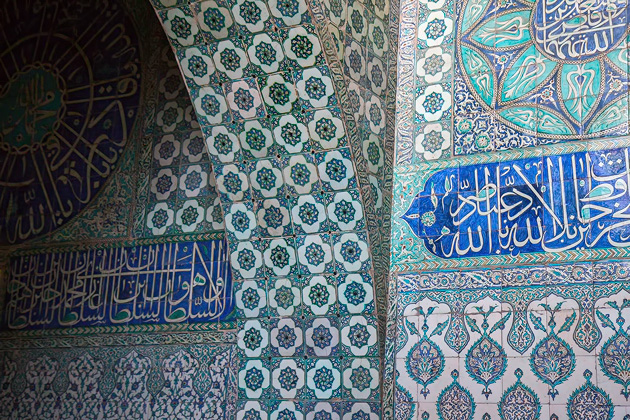
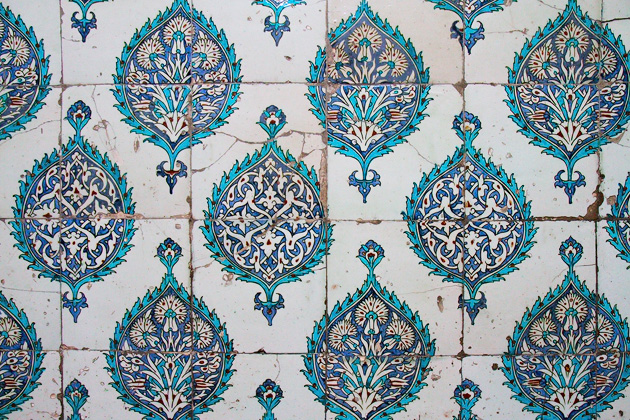
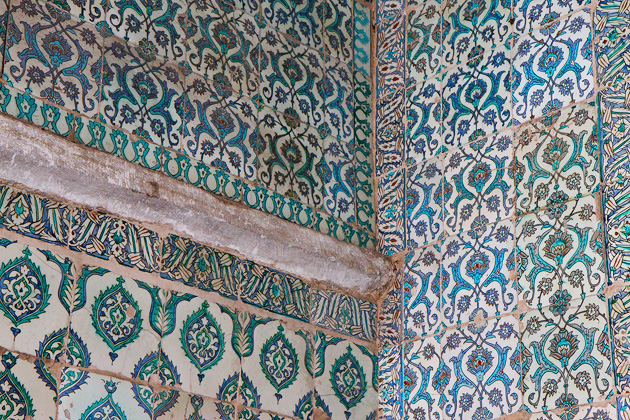
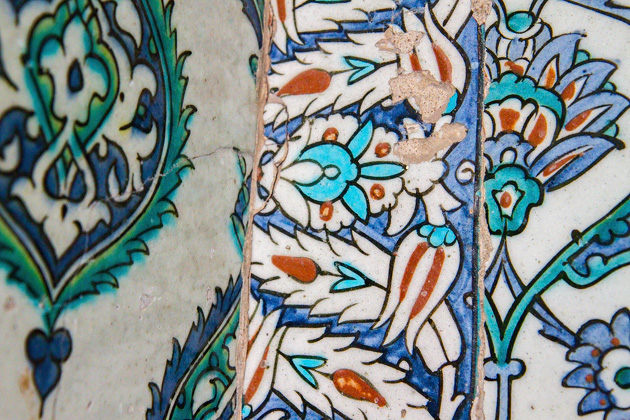
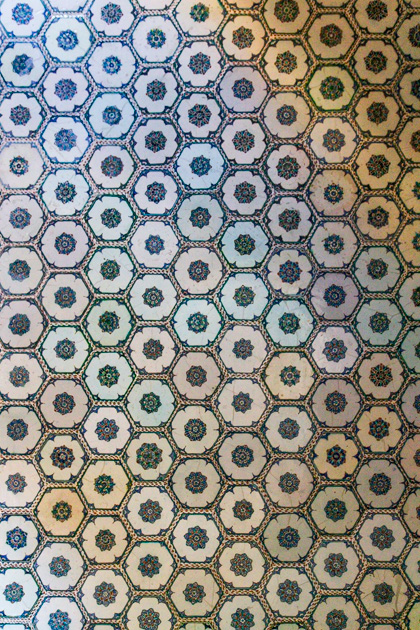
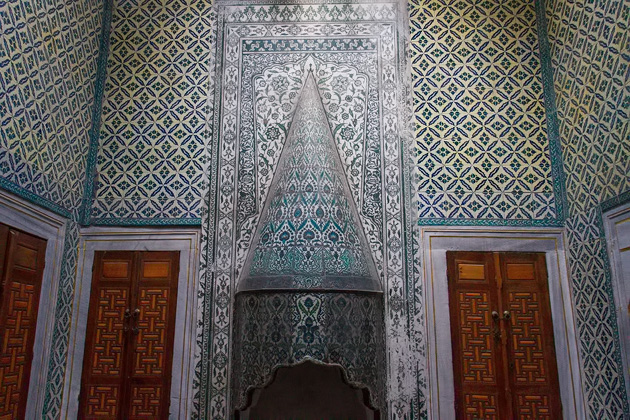

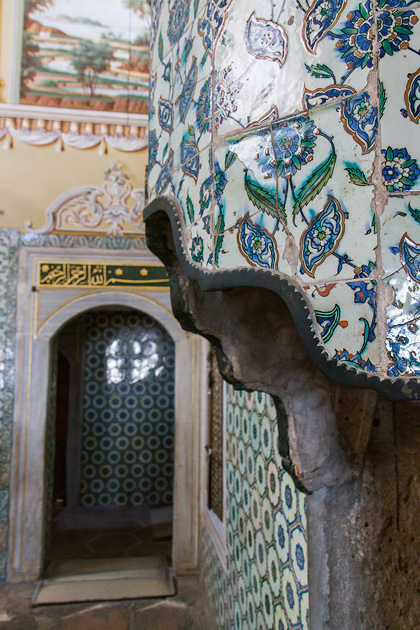

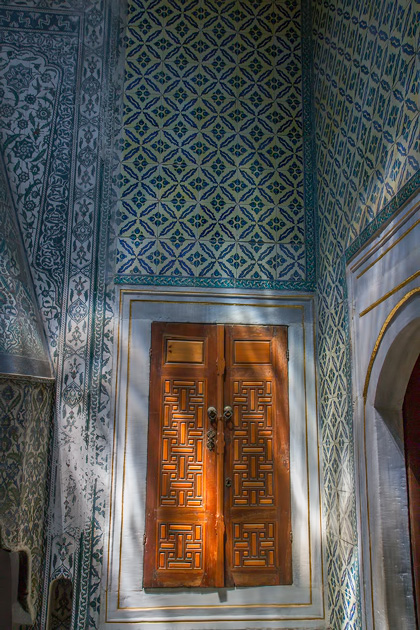
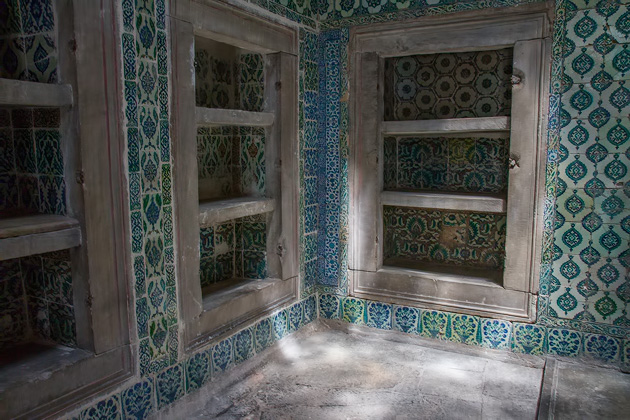
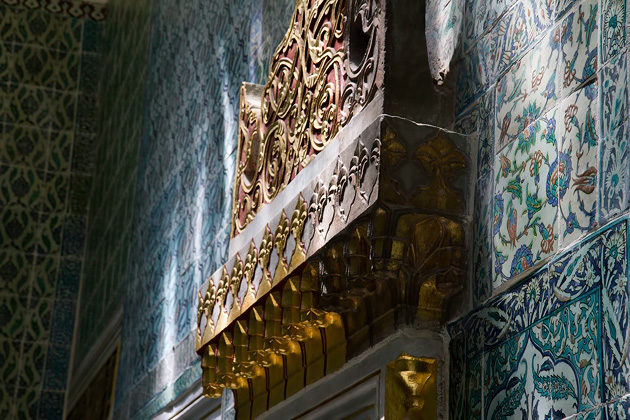

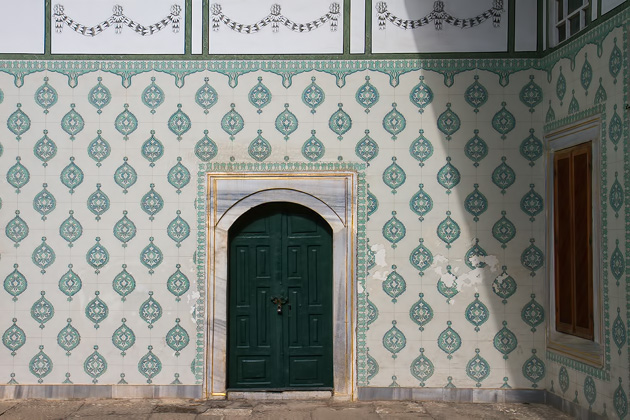
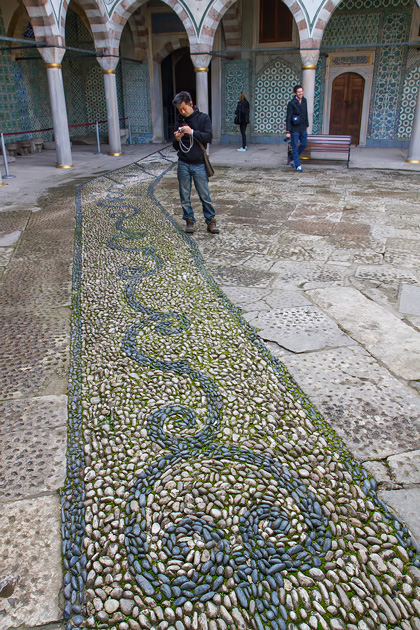
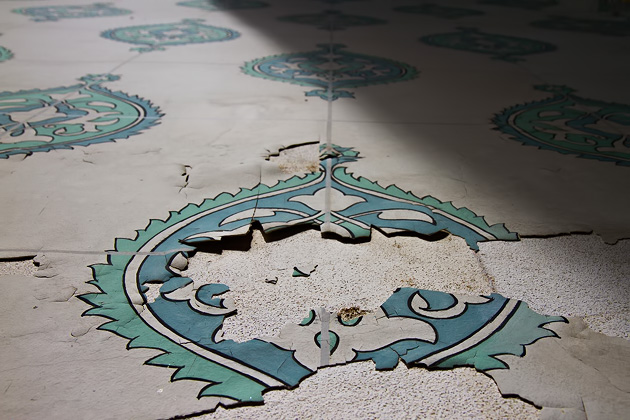
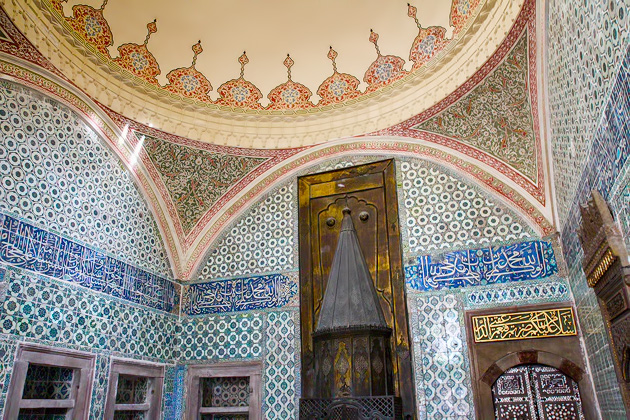
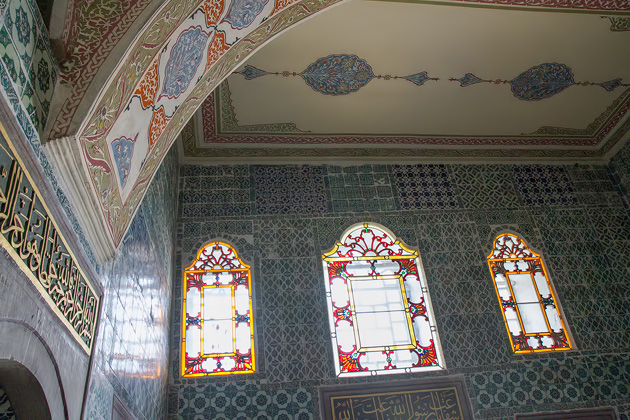

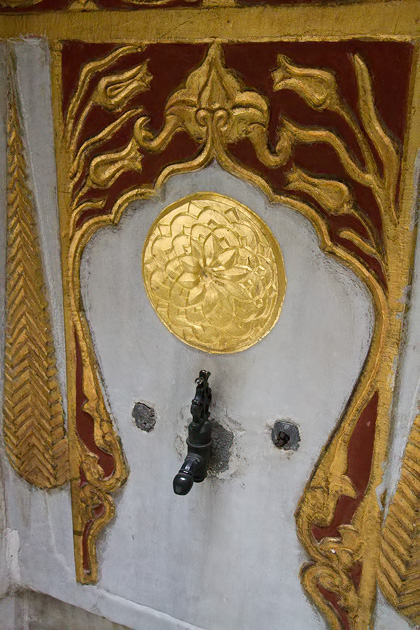

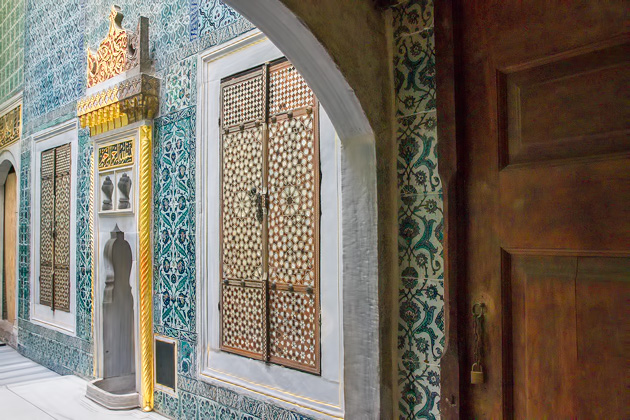
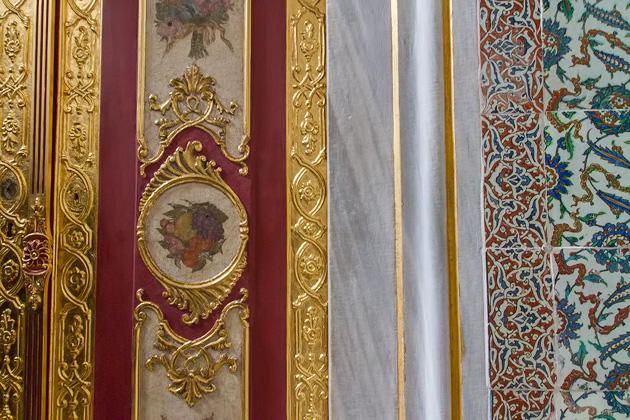
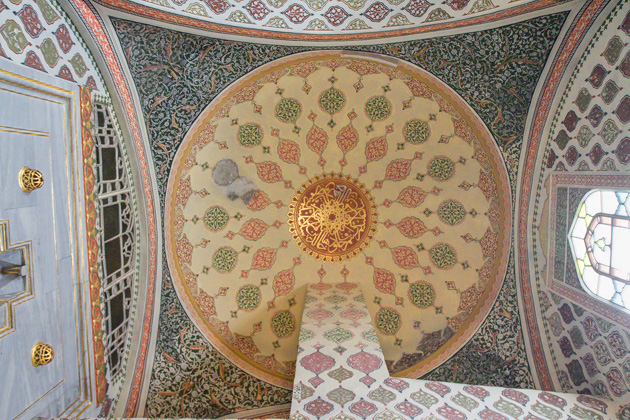
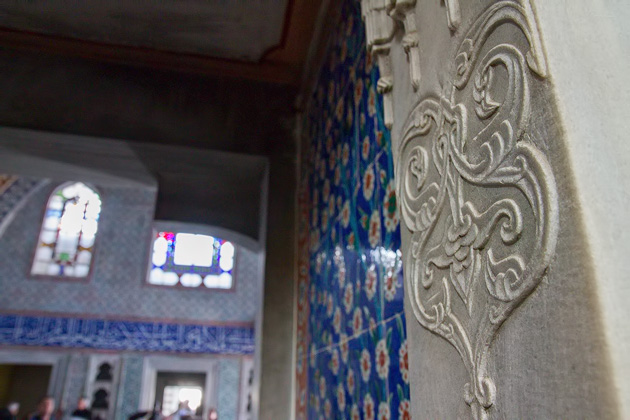
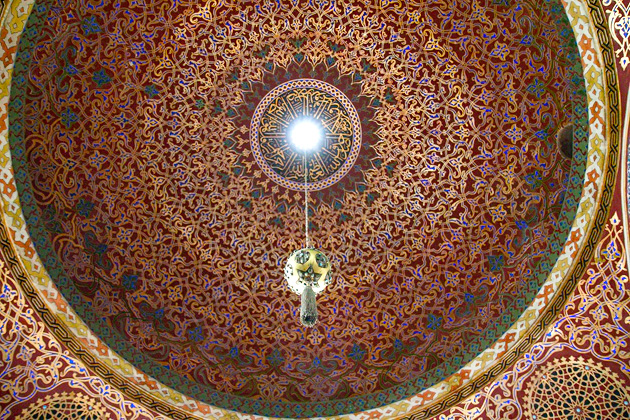

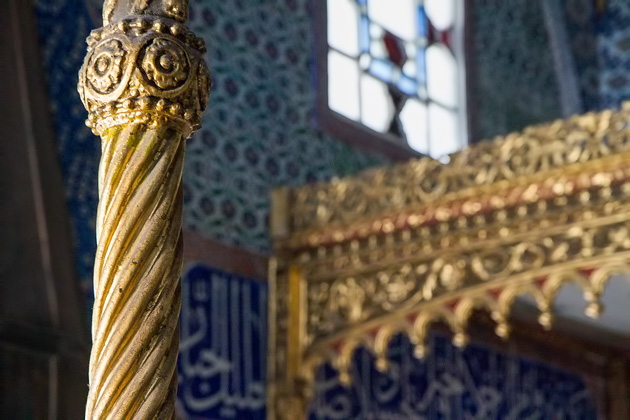
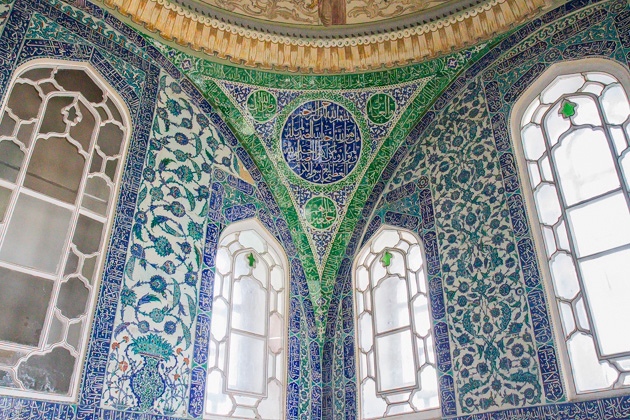


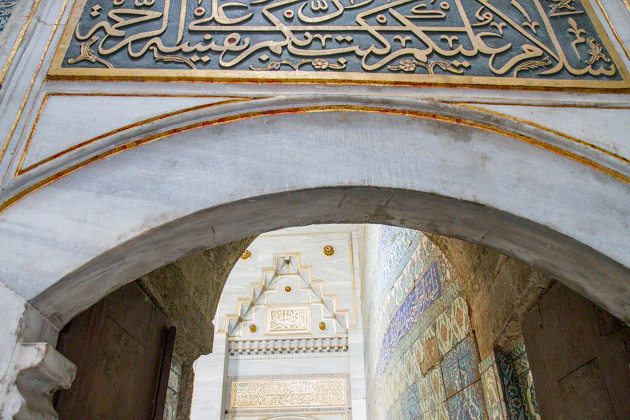


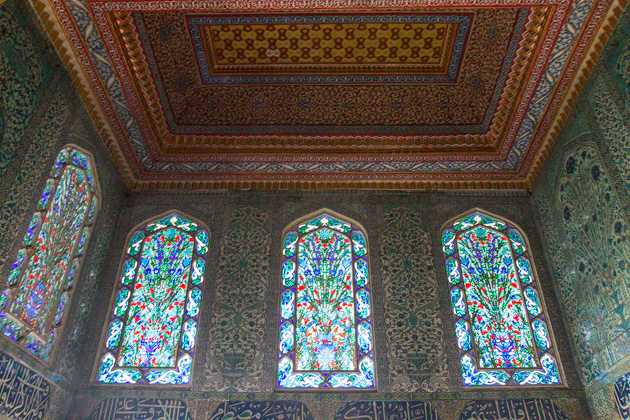
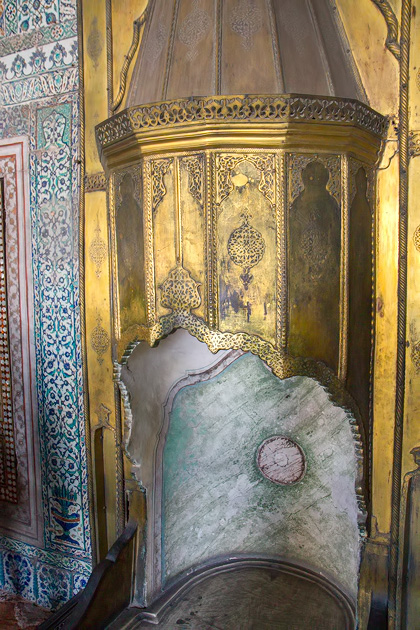
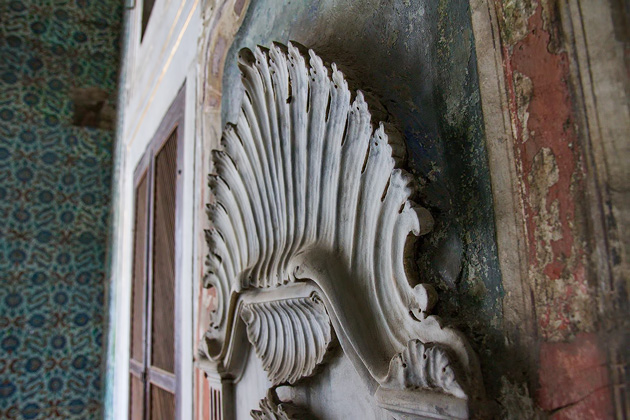
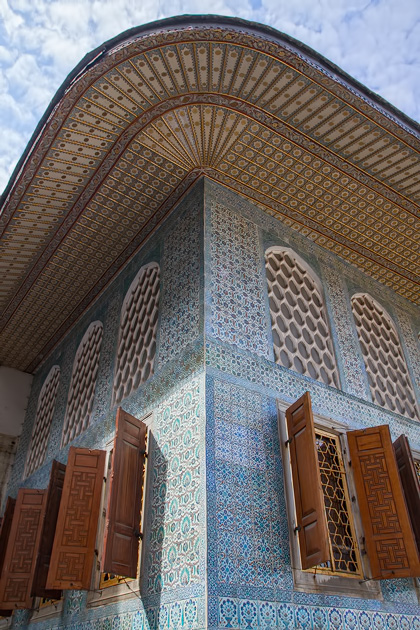
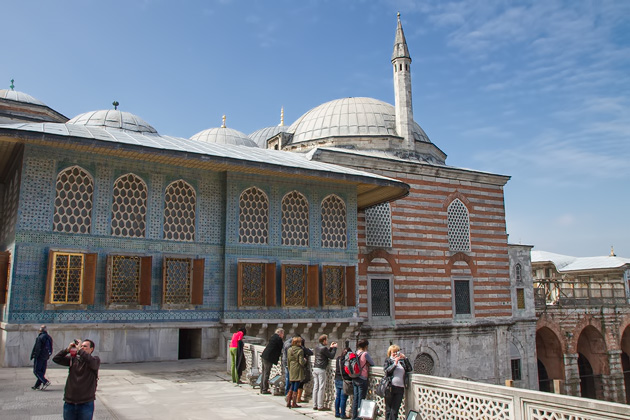
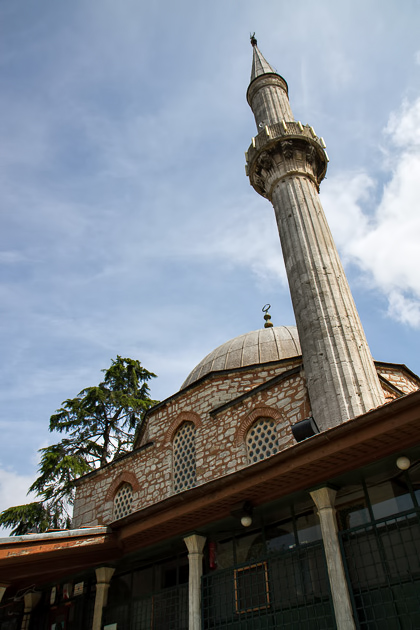
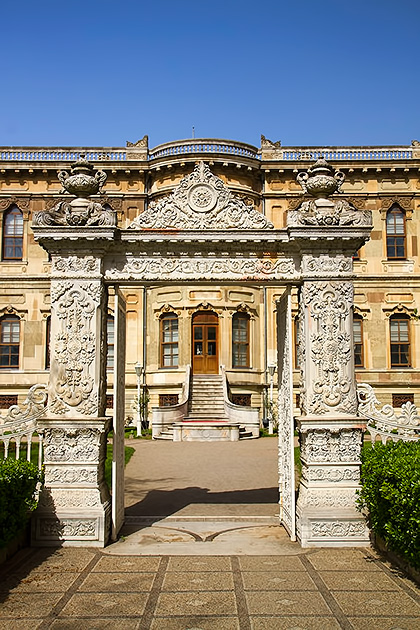
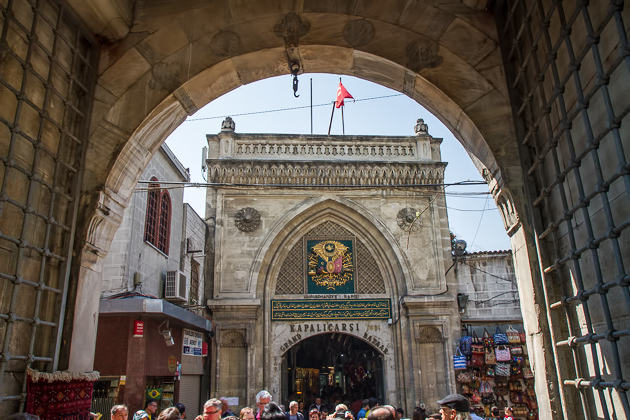

AMAZING photos!!! thanks so much guys.
Absolutely stunning craftsmanship, love the blue tiles as well as the amber mosaic. Hard to believe it all decorates what amounts to a prison for preferred slaves. Still, can’t argue with it’s beauty. Looks worth the trip to Istanbul, for sure.
Very nice article. The photos are amazing. I think it is a mistake about history. Roxalana has not been Sultana Valide for her son Selim II because she died eight years before he ascended the throne. She led the Harem during the reign of her husband Suleiman I. It was a very unusual thing. This happened after the death of his mother Sultana Valide Ayşe Hafsa in 1534 and lasted until her death in 1558. The fact that she was married to Suleiman was something unseen.We hope to get there someday.
Thanks for alerting us to that… you’re right, we got our facts mixed up. I’ll clear up the article!
Pingback: Three Mosques of Üsküdar | For 91 Days in Istanbul – Travel Blog
Pingback: Laleli: Istanbul’s Little Moscow | For 91 Days in Istanbul – Travel Blog
Pingback: The Süleymaniye Complex | For 91 Days in Istanbul – Travel Blog
Pingback: Topkapı Palace | For 91 Days in Istanbul – Travel Blog
Hey Mike,Everything sounds great but the part “the women of the Harem may have been slaves, but they lived in true luxury.” What if the men were the slaves: would you mind to be chosen so the king could “play” with your sexuality? Would the “luxury” of the place really make up for anything? It’s sad. 🙁
Our official position is that we are against slavery of any sort. Sexual or otherwise, male or female. That said, I fully stand by my insinuation that if you HAVE to be a slave, better to be a slave with luxurious living quarters. As far as sex slaves go, these were lucky sex slaves.
Really no such thing as a lucky sex slave, or a lucky slave at all. This place is gorgeous, but ending an article that talks about normalized sexual slavery with “Mmmm good to be the Sultan!” is pretty messed up.